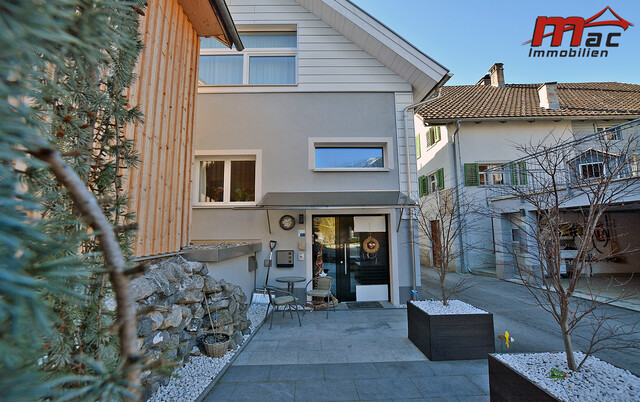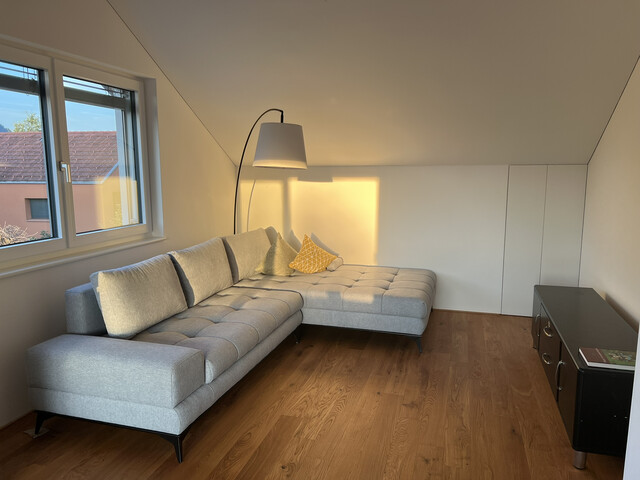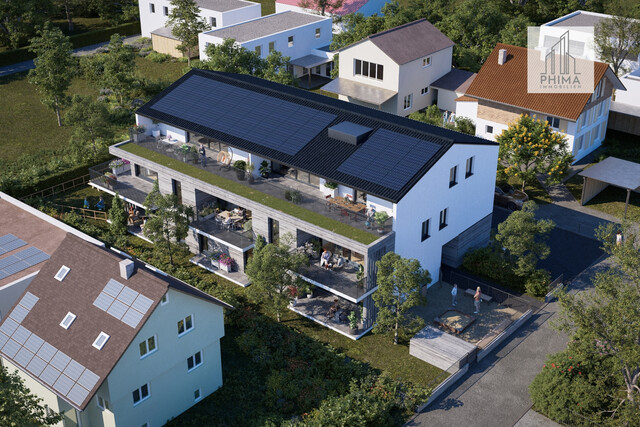More One- and Two-Year-Old Children in Kindergarten

The report, prepared by Statistics Austria, highlights, according to Family Minister Claudia Plakolm (ÖVP), "that we are on the right track, that we are making progress." In Austria, a total of around 334,900 children or two-thirds (66 percent) of those under five attend early childhood education facilities. Compared to the previous year, this proportion increased by 1.7 percentage points. Among children under one year, the proportion is a relatively low 3.2 percent.
Almost All Three- to Five-Year-Olds in Kindergarten
From the age of three, the proportion increases significantly to 89.1 percent. For four-year-olds, it is 95.9 percent, and for five-year-olds, for whom kindergarten is mostly compulsory, it is even 97.9 percent. The comparison with the previous year shows only slight changes here. Recently, 200,800 children (60 percent) attended a facility that allows full-time employment of parents, an increase of 0.9 percentage points. In these so-called VIF-compliant places (offering at least 45 hours per week, at least 9.5 hours on four days, open at least 47 weeks per year), there are still significant differences between the federal states, explained Regina Fuchs, head of the Population Directorate at Statistics Austria. Vienna is clearly ahead with 89.1 percent, while Upper Austria has the lowest rate at 38.5 percent. "Burgenland and Lower Austria have caught up significantly," said Fuchs.

Debate on Part-Time Work: Plakolm Has "Full Understanding for Family Obligations"
Many mothers would go on parental leave or work part-time, the report shows. Even as the children get older, the full-time rate only increases slowly. Overall, it is 17.4 percent for mothers with children under 15 years. For fathers, however, it is 83.7 percent. For 90 percent of parents, childcare is the main reason for working part-time, according to Fuchs. In families, generations should care for each other, said Minister Plakolm. "We do not dictate how this takes place, but want to support as best as possible." She stands "fully and completely" behind the recently expressed desire in the ÖVP to promote full-time work. However, this only applies "to people without caregiving responsibilities," said Plakolm. On the other hand, she expressed "full understanding for family obligations." Many mothers would simply wish to be with their children - "This too is an expression of freedom of choice."
NEOS Delighted, Greens Critical
The NEOS interpreted the balance as their own success in a press release. "Our years of pushing for more and better childcare is finally showing results. The fact that the supply of good childcare places has recently increased significantly is not a reason to rest, but rather confirms even more that the supply must be further expanded and that the second mandatory kindergarten year is the right step in the right direction," said education spokeswoman Martina von Künsberg Sarre. The government is also creating additional training places in elementary education. Green family spokeswoman Barbara Neßler saw little reason for joy. Many childcare offers are not suitable for full-time, and there are large differences between urban and rural areas. "We are far from true freedom of choice with comprehensive and all-day offers." Neßler wants to bring childcare under federal competence, the government must "finally get moving."
(APA/Red)
This article has been automatically translated, read the original article here.
Du hast einen Hinweis für uns? Oder einen Insider-Tipp, was bei dir in der Gegend gerade passiert? Dann melde dich bei uns, damit wir darüber berichten können.
Wir gehen allen Hinweisen nach, die wir erhalten. Und damit wir schon einen Vorgeschmack und einen guten Überblick bekommen, freuen wir uns über Fotos, Videos oder Texte. Einfach das Formular unten ausfüllen und schon landet dein Tipp bei uns in der Redaktion.
Alternativ kannst du uns direkt über WhatsApp kontaktieren: Zum WhatsApp Chat
Herzlichen Dank für deine Zusendung.








